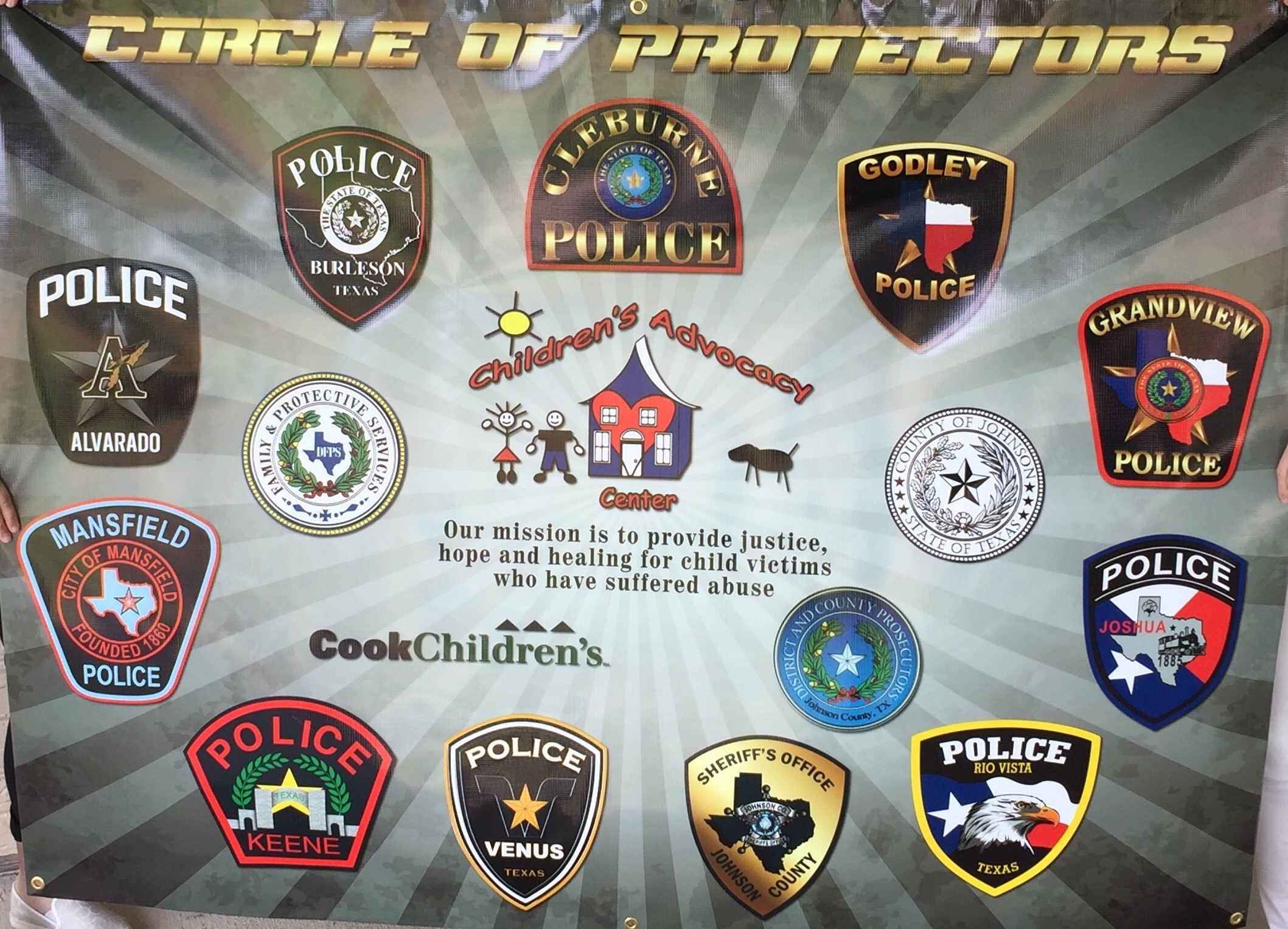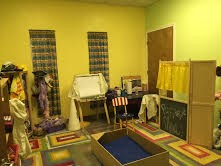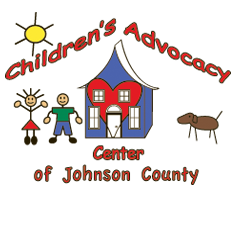It’s Not Just Strangers…
It’s not just strangers….
By Deidra Morgan; Family Advocate, Johnson County Children’s Advocacy Center
As children we are always taught “stranger danger”. If you see a guy with a mustache in a white van, be careful kids. If a stranger tries to talk to you, RUN. Everything stated here is wonderful information, and should not be taken lightly, however, 90 percent of abusers are someone that the family knows, trusts, and is around often. A few things to teach your children at a young age.
- It is okay to say “No” to an adult respectively. If you don’t want to give Uncle Harry or Aunt Lucy a hug, just say so nicely. If you force your child to give hugs when they don’t want to, you are teaching them that they can’t say no to an adult
- Teach them proper names for their body parts. Ex: penis, vagina, breasts, and butt
- As soon as they start wearing a bathing suit, start teaching them NO ONE should touch them where their bathing suit covers, unless they are hurt/injured and need medical attention
- Inform your child that first responders, teachers, medical professionals, and counselors are supposed to be safe adults to talk to. For example: Do not tell your child, “I am going to call the cops because you’re being bad.” This could teach your child to be afraid of cops.
If you have any questions, feel free to contact the Johnson County Children’s Advocacy Center at 817-558-1599!

















